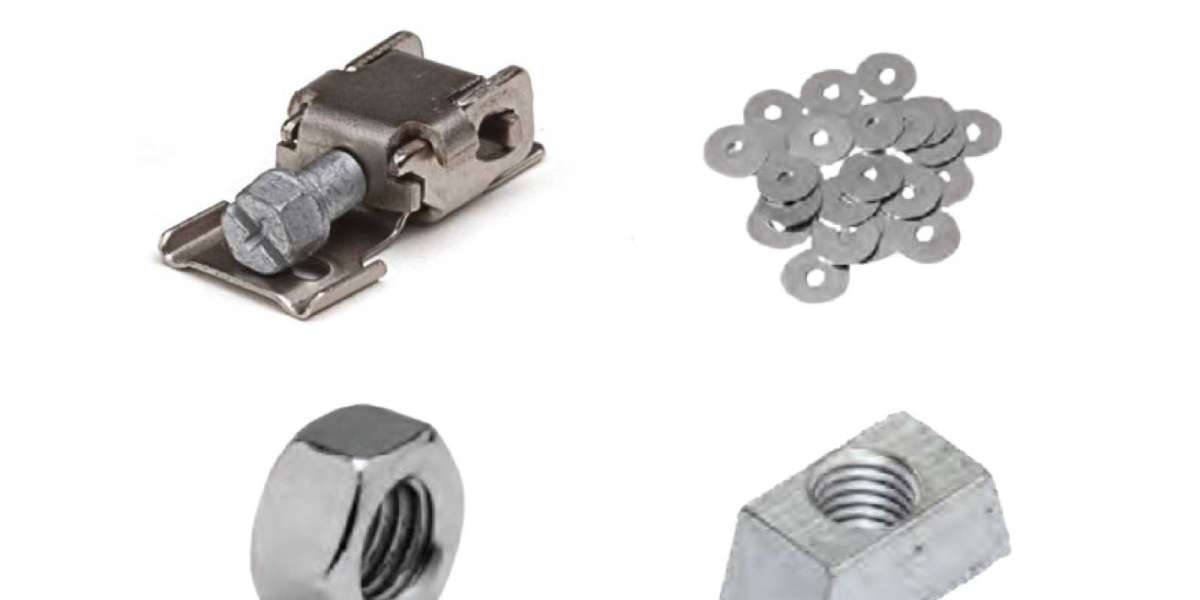Plenum boxes play a crucial role in HVAC systems, acting as an essential component for managing airflow and ensuring efficient operation. Understanding their function and importance can help in optimizing HVAC system performance, energy efficiency, and indoor air quality.
What Are Plenum Boxes?
A plenum box is a type of air distribution device used in HVAC systems. It is typically installed at the end of a ductwork run and serves as an air handling unit that connects the main duct to the individual air diffusers or vents. Plenum boxes can be constructed from various materials, including galvanized steel, aluminum, and sometimes fiberglass. They are designed to distribute air evenly and reduce noise and turbulence within the duct system.
Design and Components:
Inlet and Outlet Connections: Plenum boxes have an inlet connection where the main duct supplies air into the box. The outlet connections are typically on the sides or bottom of the box, leading to diffusers or vents that distribute the air into the conditioned space.
Internal Baffles: Some plenum boxes include internal baffles or vanes that help direct and distribute the airflow more evenly, reducing hot and cold spots in the conditioned space.
Insulation: Many plenum boxes are insulated to prevent heat loss or gain and to reduce noise generated by the moving air.
Why Are Plenum Boxes Important?
Air Distribution: Plenum boxes ensure that the air supplied by the HVAC system is distributed evenly throughout the building. This even distribution is crucial for maintaining consistent temperatures and comfort levels in different areas of the conditioned space.
Noise Reduction: By managing airflow and reducing turbulence, plenum boxes help to minimize the noise generated by the HVAC system. This is particularly important in commercial and residential settings where excessive noise can be disruptive.
Energy Efficiency: Efficient air distribution helps to reduce the workload on the HVAC system, leading to lower energy consumption. Plenum boxes contribute to this efficiency by ensuring that the conditioned air is delivered where it is needed without excessive loss or uneven distribution.
Indoor Air Quality: Properly designed and maintained plenum boxes can improve indoor air quality by preventing air from becoming stagnant and reducing the likelihood of contaminants accumulating in the ductwork. They also help in maintaining the correct balance of air pressure within the system, which is essential for effective ventilation.
System Flexibility: Plenum boxes provide flexibility in HVAC system design and installation. They can accommodate various duct configurations and allow for adjustments to be made easily if the building layout changes or if there are modifications to the HVAC system.
Installation and Maintenance:
Proper installation and regular maintenance of plenum boxes are essential for their effective operation. Incorrectly installed or poorly maintained plenum boxes can lead to issues such as uneven airflow, increased energy consumption, and reduced indoor air quality. Regular inspection, cleaning, and adjustment of plenum boxes should be part of the routine HVAC system maintenance schedule.
Conclusion:
Plenum boxes are a vital component of HVAC systems, ensuring efficient and effective air distribution, noise reduction, energy efficiency, and improved indoor air quality. Understanding their function and importance can help building owners and HVAC professionals optimize system performance and maintain a comfortable and healthy indoor environment. Proper design, installation, and maintenance of plenum boxes are essential to achieving these benefits.








